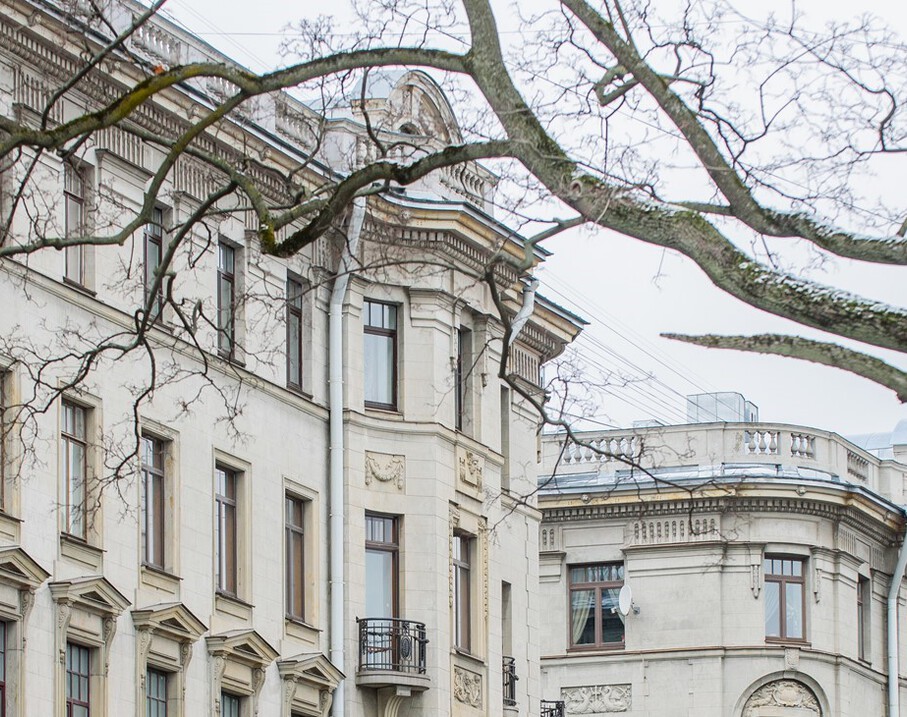
In the history of architecture, premium homes have always had a significant influence on the development of architectural styles. From the Petrovskoye Baroque to neoclassicism, these homes have showcased the finest architectural trends and techniques. With the advent of income-generating buildings and the industrial revolution, architects began using new materials and technologies to create more complex structures in styles such as neo-gothic and art nouveau.
The beginning of the 20th century brought the development of the Kamennostrovsky Prospekt, which introduced the Northern Art Nouveau style to St. Petersburg. These premium homes not only showcased the latest architectural trends but also played a role in advancing construction technologies and the use of new materials. For example, the "Three Benoit House" on Kamennostrovsky Prospekt was revolutionary at the time, featuring modern engineering solutions such as sewage systems, plumbing, steam heating, electric elevators, and a telephone station.
Today, the choice of architectural style in premium real estate is not solely based on trends, but also on economic viability. The internal design of a home, including layout, public spaces, lighting, and interior finishes, takes precedence over the architectural style. However, the architectural style still sets the overall mood and atmosphere of the property.
Buyers of premium real estate in St. Petersburg prefer homes with a recognizable architectural style. Examples include the neoclassical Art View House on Moika Embankment, the "Verona" and "Venice" residences on Krestovsky Island, and the "Russian House" on Korolenko Street, which incorporates traditional elements of 19th-century Petersburg homes.
However, architectural styles can also vary depending on the location and the desire to harmonize with the surrounding environment. The Architectural Council, in collaboration with the Committee for Urban Planning and Architecture, ensures that new developments in significant locations align with the existing cityscape. Despite these regulations, there is still room for variation and innovation in architectural design. The construction of the Sevastopolsky Prospekt residential complex and Meltzer Hall on Kamennostrovsky Prospekt showcases the versatility of the Northern Art Nouveau style.
Modern architecture in St. Petersburg encompasses a range of styles, from minimalism to high-tech and bio-tech. The use of natural materials such as wood, stone, and granite is becoming increasingly popular. Developers strive to create a "green" and environmentally-friendly atmosphere with spacious entrances and abundant green spaces.
The goal of contemporary architecture is to achieve a balance between aesthetic appeal and functionality. The design of facades incorporates timeless elements that blend seamlessly with the surrounding environment. The use of terracotta panels, clinker brick, and architectural concrete is prevalent in high-budget residential properties.
Ultimately, the architecture of a home should not only be visually pleasing but also functional and in harmony with its surroundings. Dissonant buildings can quickly become urban planning failures. The current market in St. Petersburg is driven by the concept of "reasonable sufficiency," where developers strive for a balanced approach to design and architecture.
In conclusion, the premium real estate market in St. Petersburg is characterized by the use of natural materials, terraces, and a diverse range of architectural styles. From the historical influence of premium homes to the current demands of buyers, developers aim to create homes that are both visually appealing and in harmony with the surrounding environment.

















